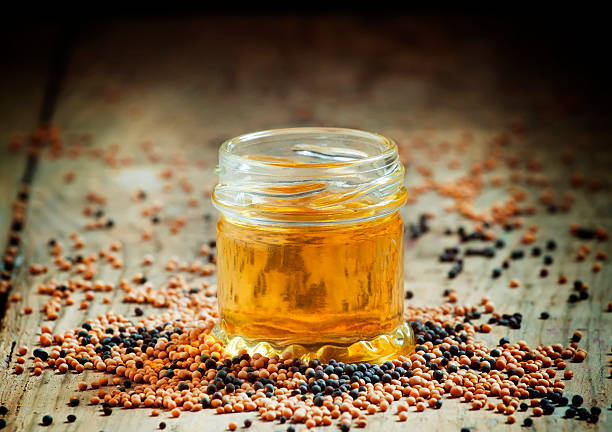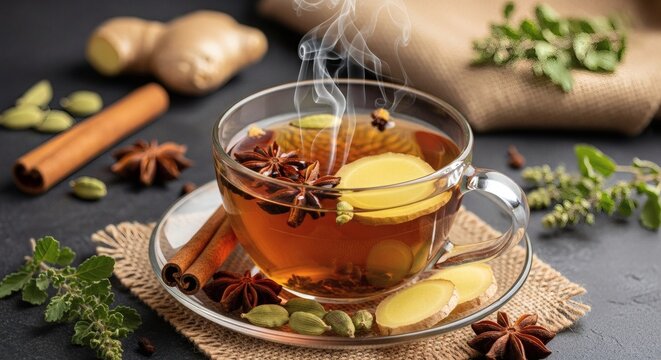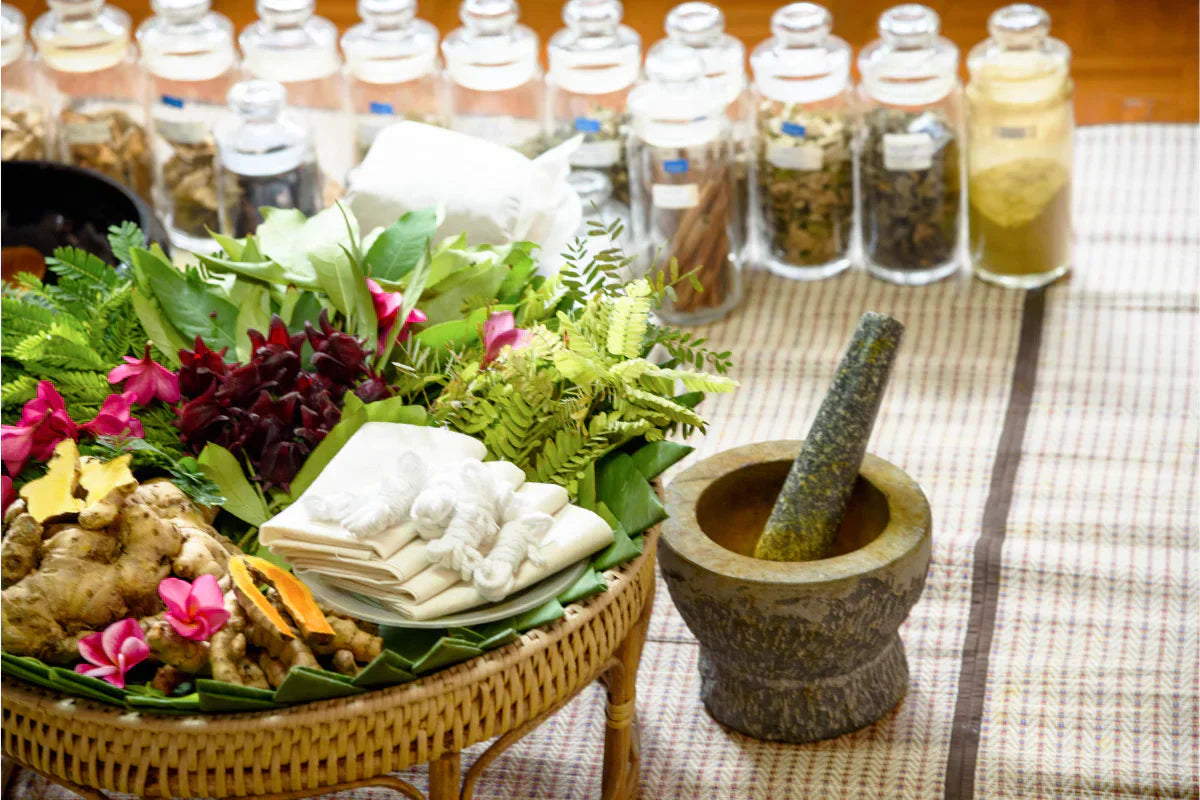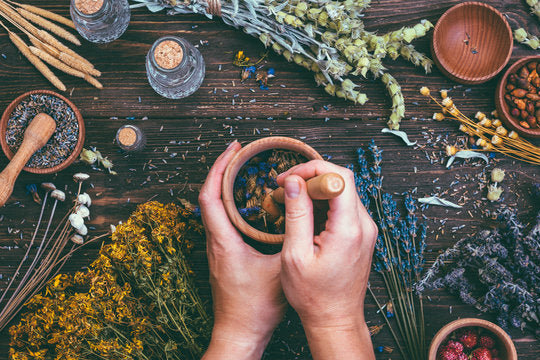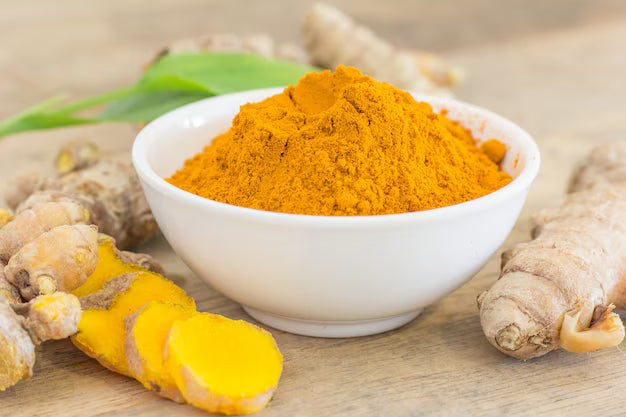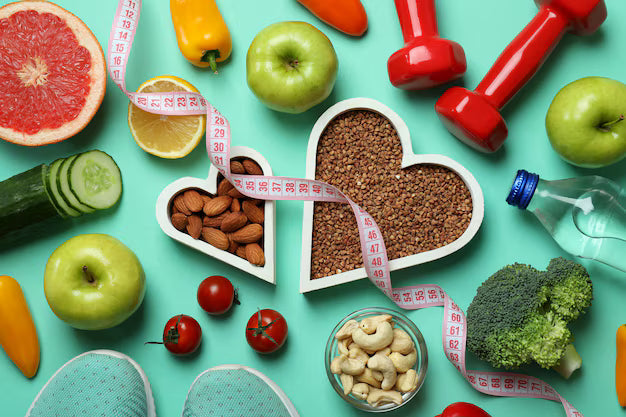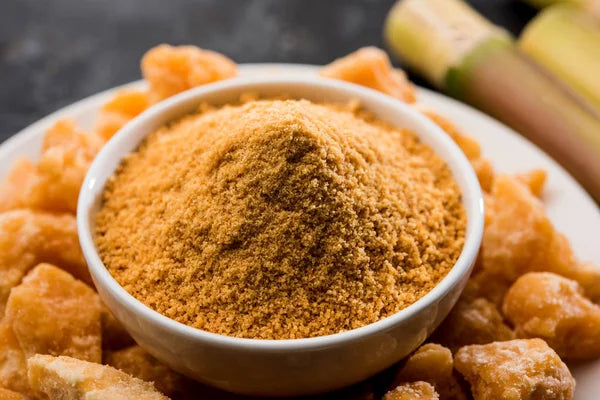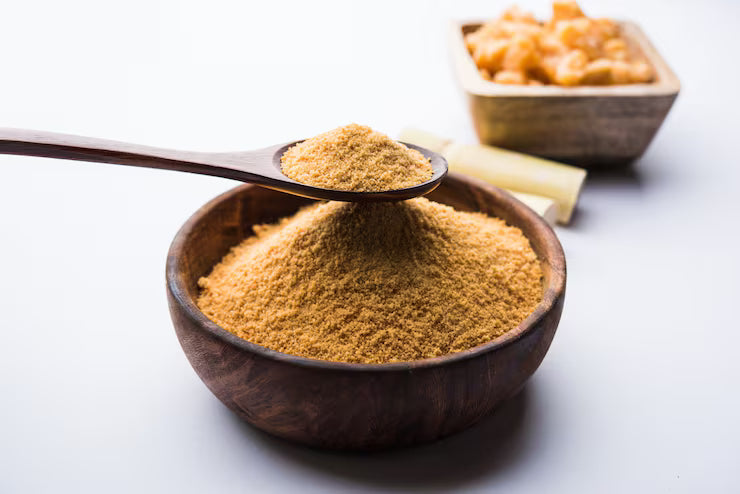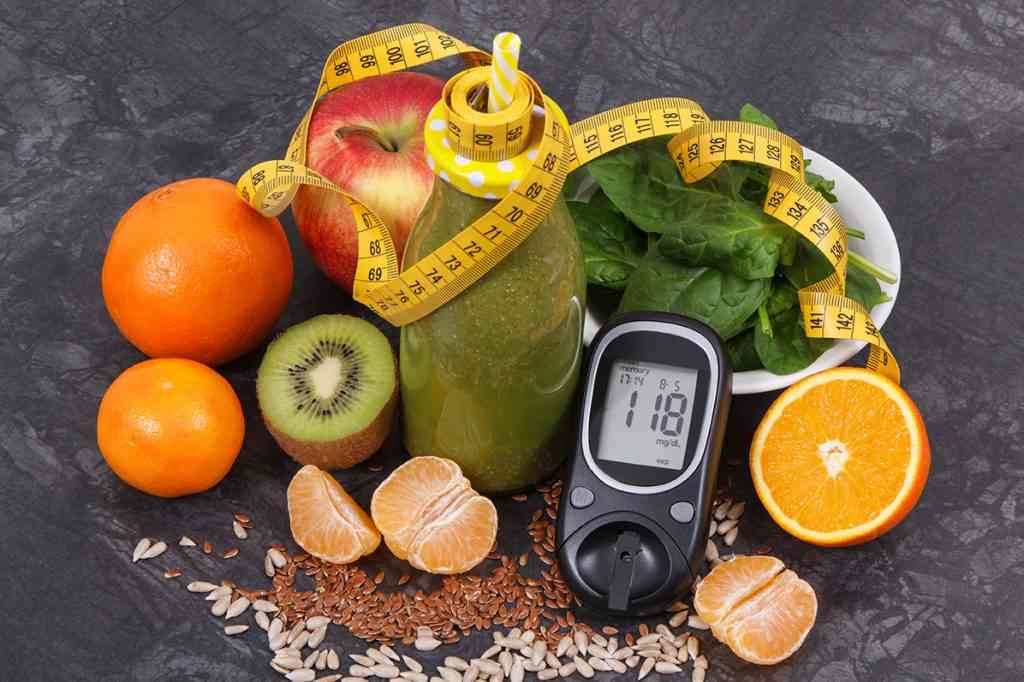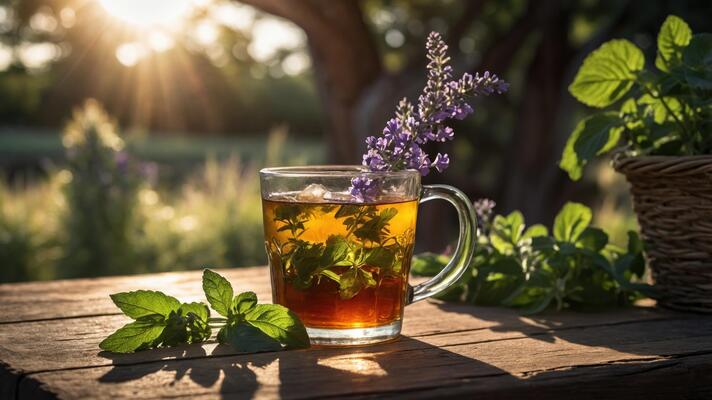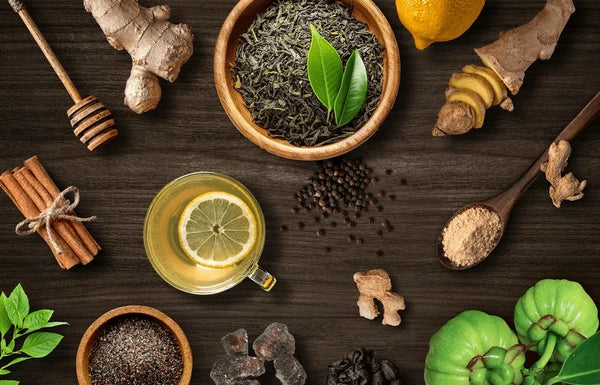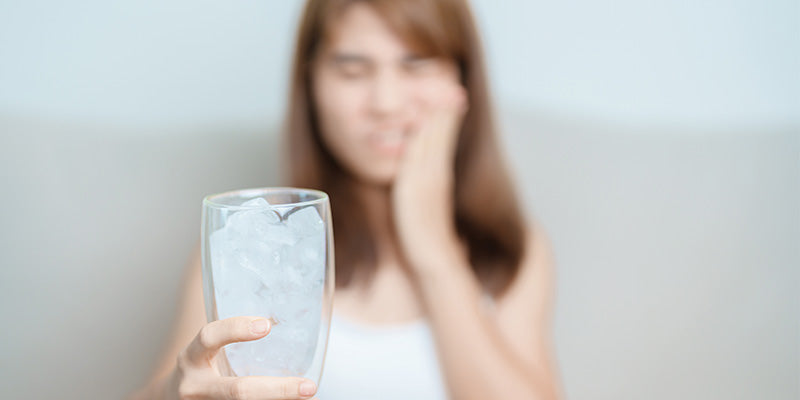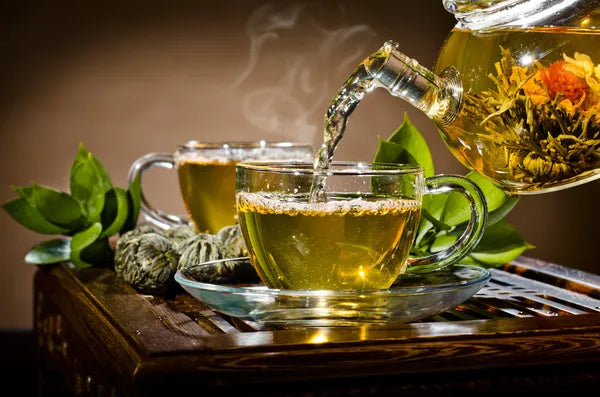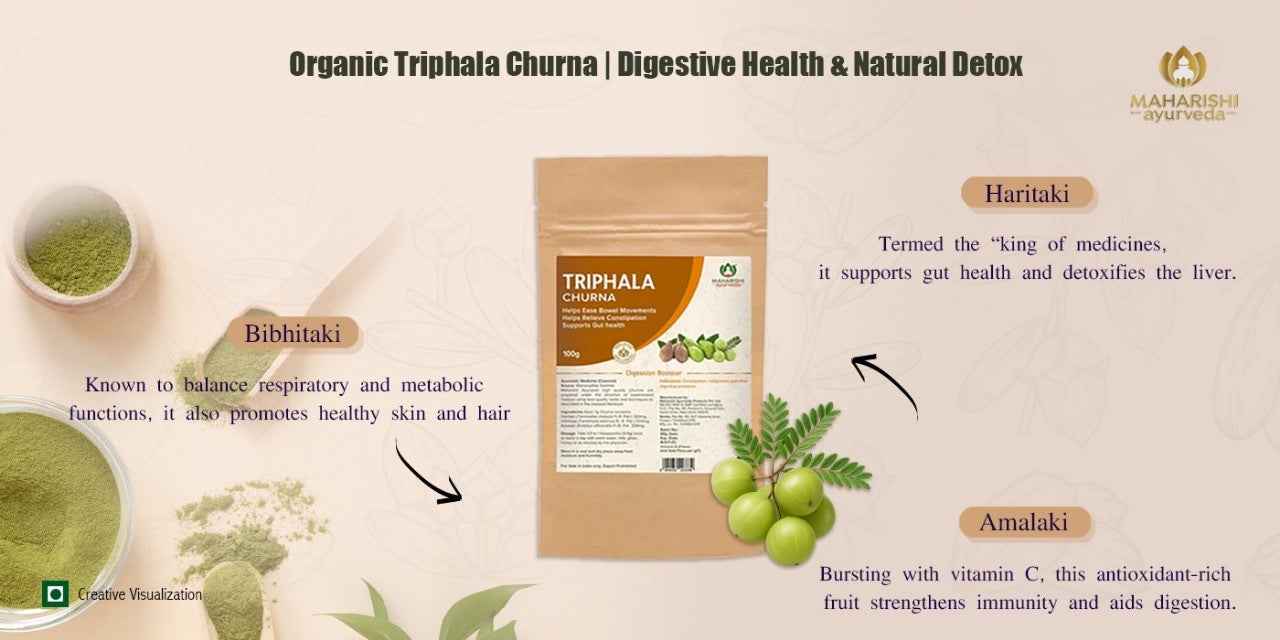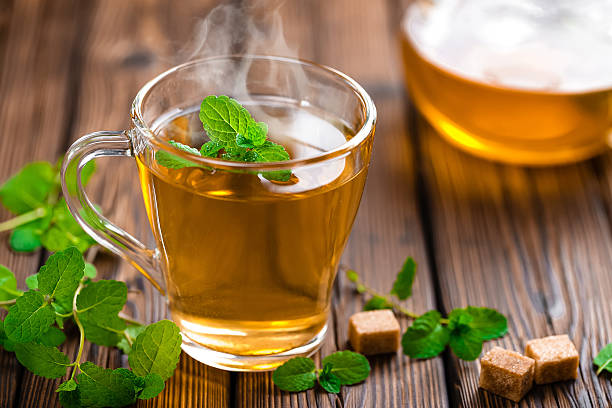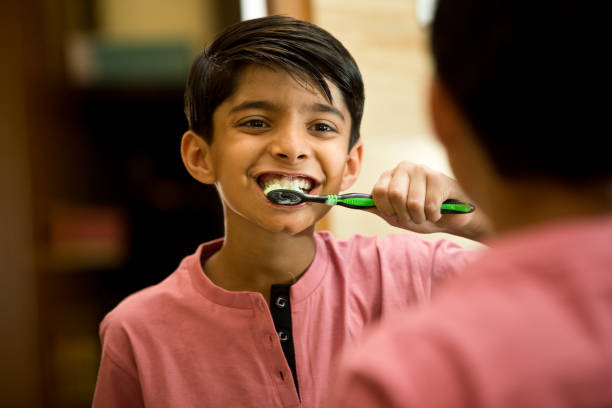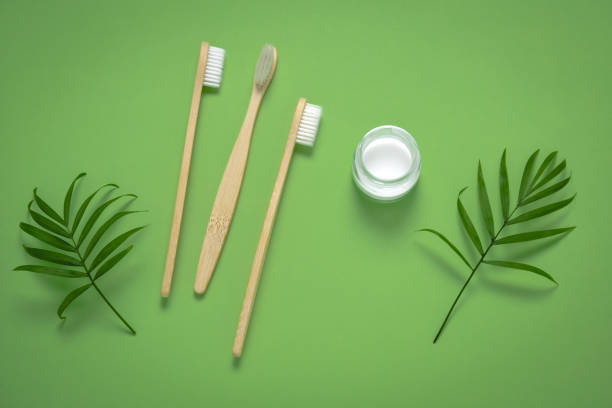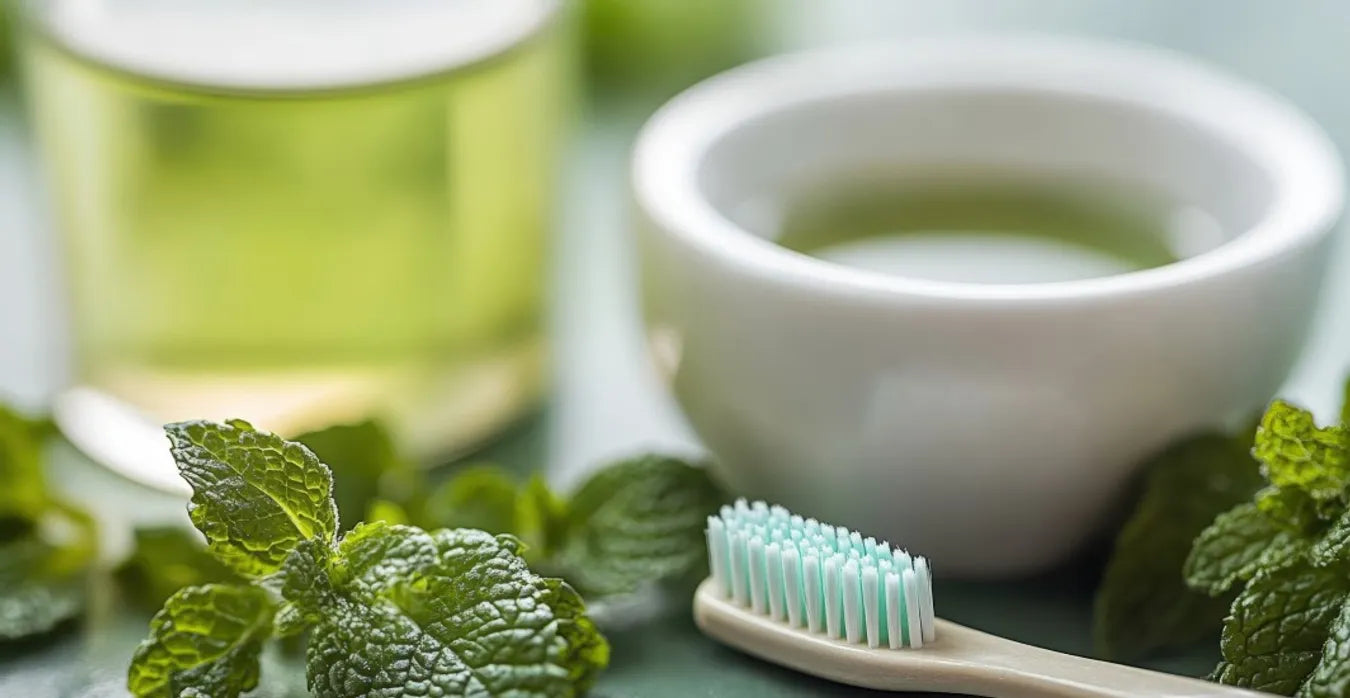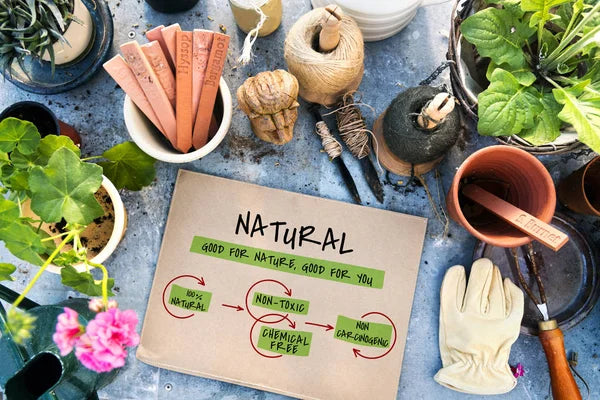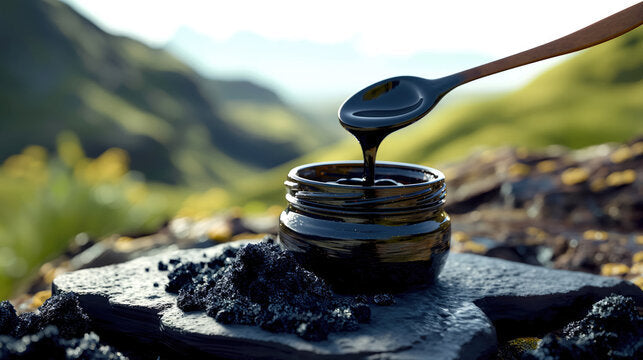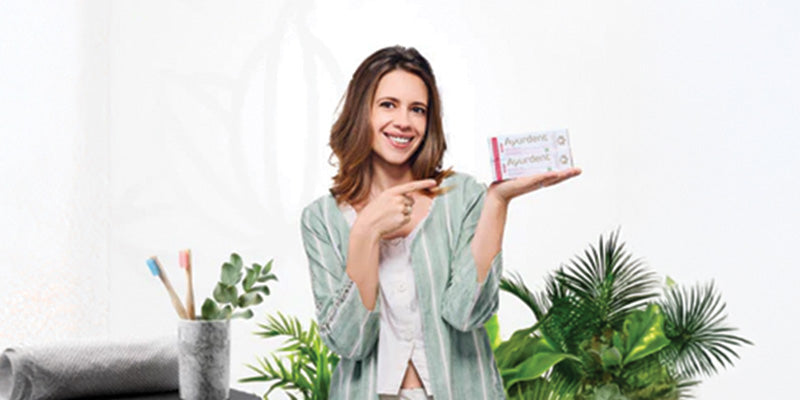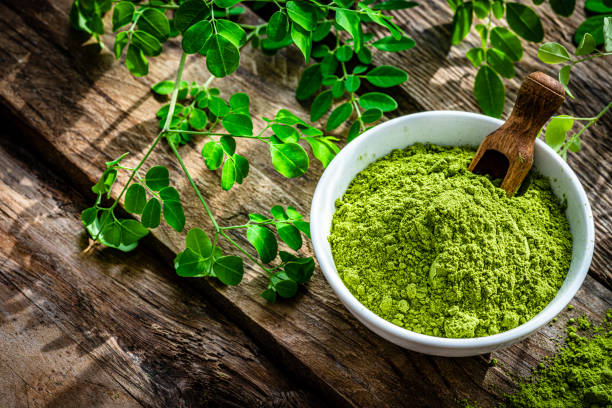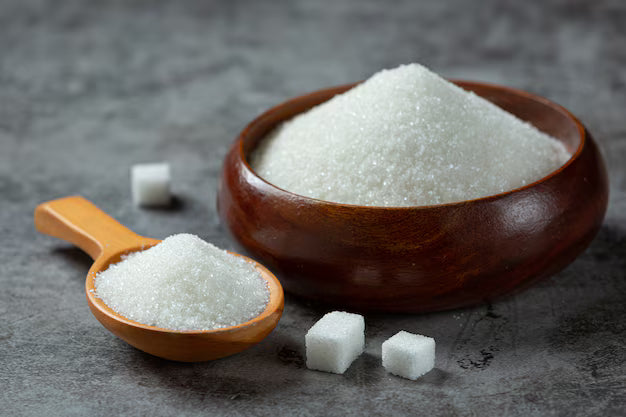Honey for Skin: Benefits, DIY Masks & Ayurvedic Guide
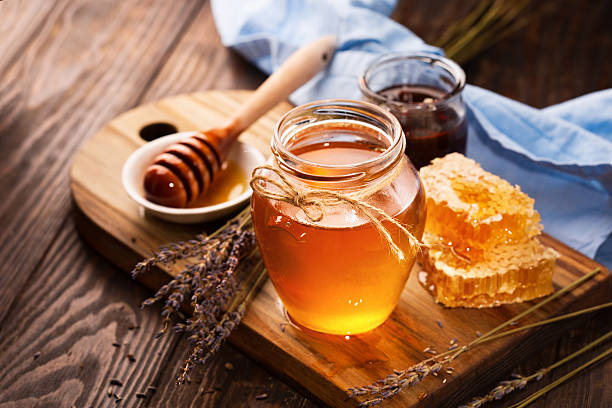
Honey Madhu in Ayurveda has been used since the Vedic period as food and medicine. Classical texts describe it as Madhura (sweet), Kashaya (astringent) in taste; Guru (heavy), Ruksha (dry) in qualities; Sheeta (cool) in potency. Therapeutically, honey exhibits Lekhana (scraping), Shodhana (cleansing), Ropana (healing), Sandhana (union), and Tridoshaghna actions, meaning it can support all three doshas when used correctly. Modern use mirrors this wisdom: honey benefits for skin include antimicrobial, anti-inflammatory, cleansing, and healing effects. It’s a common base in lotions, creams, and face packs because it carries (yogavahi) other actives deeper into the tissue.
TL;DR – Honey (Madhu): Ayurveda’s Nectar for Skin & Wellness
- Ayurvedic Essence: Honey is Madhura (sweet) and Kashaya (astringent), balancing all three doshas. It acts as a cleanser, healer, and natural rejuvenator.
- Healing & Cleansing Power: Exhibits Lekhana (scraping), Shodhana (cleansing), and Ropana (healing) properties—ideal for acne, scars, and dull skin.
- Moisturizing & Anti-Aging: Honey hydrates deeply, prevents transepidermal water loss, and its antioxidants fight wrinkles and fine lines.
- DIY Ayurvedic Care: Combine honey with lemon for brightening, turmeric for glow, or aloe vera for soothing sensitive skin—2–3 times weekly.
- Choose Pure & Organic: Always opt for raw or organic honey like Maharishi Ayurveda Organic Honey to ensure purity, potency, and authentic Ayurvedic benefits.
Honey: How it Benefits the Skin
If you’re wondering, “Is honey good for skin?” Yes. Rich in fructose, glucose, enzymes, trace acids, and pollen, honey can:
-
Ropana (Healing): Accelerates wound healing and tissue regeneration.
-
Shodhana (Cleansing): Detoxifies skin and clears impurities.
-
Lekhana (Scraping): Removes excess oil and toxins from skin layers.
-
Tridoshaghna: Balances all three doshas (Vata, Pitta, Kapha), making it suitable for most skin types.
-
Antiseptic & Anti-inflammatory: Reduces swelling, redness, and microbial infections.
Face Wash: Honey and lemon juice
Firming Mask: Honey, egg white, glycerin, and atta/maida
Cracked Lips: Raw honey
Hair Conditioner: Honey and olive oil
Different Types of Honey for Skin Health
From a modern lens, you’ll see raw honey, organic honey, and Manuka honey. From Ayurveda, eight classical types of Madhu are described; your Vaidya recommends choosing per skin need:
|
Type |
Key Properties |
Ayurvedic Skin Use |
|
Makshika |
Light (Laghu), Dry (Ruksha); best quality |
Supports healing in eczema, wounds, and infections |
|
Pauttika |
Dry, Ushna (hot), tissue-cutting (Chhedi) |
Deep cleansing; not for sensitive skin |
|
Bhramara |
Heavy (Guru), slimy (Picchhila), very sweet |
Soothes redness, balances Pitta/Rakta (rosacea-like flush) |
|
Kshaudra |
Sheeta (cool), light, Lekhana (scraping) |
Excellent for acne-prone/oily skin, detoxifies pores |
|
Chhatra |
Cool, heavy, slimy |
Traditional use in select bleeding skin disorders |
|
Aarghya |
Kashaya (astringent), strengthening |
Tightens, reduces puffiness/sagging (Kapha-Pitta) |
|
Auddalaka |
Astringent + sour; pungent post-digest |
Best for acne-prone skin per Vaidya; helps dermatitis |
|
Dala |
Dry; sweet-sour-astringent |
Metabolic support indirectly improves clarity |
Good to note:
For home care, you may want to use raw (unprocessed) or organic honey; for breakouts or scarring, Manuka honey (Australian or New Zealand honey from the native Manuka bush) is effective; for cleansing, honey with astringent qualities is recommended.
How Honey’s Antibacterial Properties Help Reduce Acne and Breakouts
In Ayurveda, acne is Yuvanpidika/Mukhadushika, a mix of oil, debris, and bacterial overgrowth. Raw honey and Manuka honey exert broad antimicrobial action, while Lekhana clears excess sebum. Dab a thin layer on active pimples or make a honey face pack for oily skin; it calms inflammation and helps prevent infection.
How Honey Moisturizes Skin and Retains Hydration
Is honey good for dry skin? Yes. Honey is a humectant ,it draws moisture into the stratum corneum and forms a light barrier to reduce transepidermal water loss. Pairing milk and honey for skin enhances nourishment (milk is Snigdha/unctuous). Ideal in winter and for a honey face pack for dry skin.
How Honey Speeds Up Skin Healing for Scars and Blemishes
1. Stimulates Tissue Regeneration
-
Honey promotes angiogenesis (formation of new blood vessels) and fibroblast growth, which are essential for repairing damaged skin.
-
It enhances epithelial cell growth, allowing skin to heal smoothly without forming scabs or rough patches.
2. Antioxidant & Anti-inflammatory Effects
-
Rich in antioxidants, honey neutralizes free radicals that delay healing.
-
Its anti-inflammatory action reduces redness, swelling, and irritation around scars and blemishes.
3. Antibacterial Protection
-
Honey’s natural antibacterial properties prevent infection in healing wounds or acne lesions, reducing the risk of scarring.
4. Lekhana & Ropana Properties (Ayurveda)
-
Lekhana (scraping): Helps remove dead skin cells and excess oil, clearing blemishes.
-
Ropana (healing): Supports regeneration of healthy skin tissue.
5. Moisturizing & Barrier Support
-
Honey forms a protective layer over the skin, retaining moisture and shielding the area from environmental damage.
-
This barrier function is crucial for scar remodeling and blemish fading.
How Honey’s Antioxidants Fight Free Radicals and Reduce Aging Signs
-
Honey contains natural antioxidants such as flavonoids, phenolic acids, and enzymes.
-
These compounds neutralize free radicals, which are unstable molecules that damage skin cells and accelerate aging.
Reducing Oxidative Stress
-
By lowering oxidative stress, honey helps prevent collagen breakdown, which is essential for maintaining skin elasticity and firmness.
-
This slows the formation of fine lines, wrinkles, and sagging skin.
-
Antioxidants in honey support tissue regeneration.
-
Honey stimulates epithelial cell growth, which rejuvenates the skin surface.
How Honey Exfoliates and Brightens the Skin
-
Honey is described as having Lekhana guna, which means it has a scraping or detoxifying effect on the skin.
-
This helps remove dead skin cells, excess oil, and impurities from the skin surface.
Honey : DIY Face Packs
How Honey and Lemon Help Brighten and Exfoliate Skin
Mix 1 tsp raw honey + ½ tsp fresh lemon juice; apply on face and leave on for 10–15 min. Rinse with lukewarm water.
Honey hydrates; lemon provides Vitamin C and gentle exfoliation.
How Milk and Honey Create a Moisturizing Face Mask
Mix 2 tsp honey + 1 tsp milk; apply on face and leave on for 15–20 min. Rinse with lukewarm water.
Milk is snigdha or nourishing; honey locks in moisture.
How Honey and Turmeric Help in Skin Whitening and Reducing Dark Spots
Mix 1 tsp honey + ¼ tsp turmeric; apply on face and leave on for 10–15 min. Rinse with lukewarm water.
In Ayurveda, turmeric is known to be varnya/kanti-vardhaka (complexion promoter); and honey is yogavahi, an enhancer that promotes the impact of turmeric.
How Honey and Aloe Vera Soothe and Hydrate Sensitive Skin
Mix 1 tsp honey + 1 tsp aloe gel; apply on face and leave on for 15 min. Rinse with lukewarm water.
Aloe is sheeta (cooling) and hydrating; honey helps soothe the skin.
How Much Honey to Use
Face needs pea-size to 1 tsp per application. More is not better; excess can feel sticky and may block pores if not rinsed well.
Best Times to Apply Honey for Maximum Skin Benefits
Morning applications help lift overnight oil and brighten tone; evening masks calm heat and pollution stress. Choose what fits your routine.
How Often to Use Honey Face Masks
2–3 times weekly suits most skin. Daily use can be too heating for Pitta or heavy for very oily skin. Observe and adjust.
Common Mistakes to Avoid
* Using adulterated or flavoured honey. Always choose raw organic honey
* Skipping patch tests (especially with lemon and turmeric)
* Leaving masks on for too long (can over-dry)
* Not rinsing properly, causing residue congestion
Conclusion
From its antibacterial and antioxidant power to its hydrating and healing properties, honey has been celebrated in Ayurveda for centuries as a complete skin remedy. Whether you are dealing with acne, dryness, scars, or early signs of aging, incorporating honey into your skincare routine can help restore balance and bring back a healthy, radiant glow.
But not all honey is created equal. Purity and authenticity matter. To truly experience the time-tested Ayurvedic benefits of honey for skin, choose a brand that upholds traditional standards of quality.
Try Maharishi Ayurveda Organic Honey, a pure, chemical-free, nutrient-rich honey sourced and prepared according to Ayurvedic principles. Perfect not only as a wellness booster but also as a natural skincare ally.
Start your journey to naturally glowing skin today with Maharishi Ayurveda Honey.
FAQs
1. How long should I leave honey on my face?
10–20 minutes. Remove once it starts to feel set; prolonged wear may over-dry.
2. Can I use honey on my face every day?
Safe, but use 2–3 times a week for balance. Pitta-prone skin may flush with daily use.
3. Which type of honey is best for acne-prone skin?
From classical types, Auddalaka (astringent) and Kshaudra (cooling, scraping) are the preferred options. In modern choices, raw/Manuka honey is reliable.
4. Can I use honey as a cleanser?
Yes. Honey’s Lekhana + antibacterial action make it a gentle cleanser. Mix with a little water or gram flour to lift oil and debris.
5. How long until I see results?
Glow is often visible after 2–3 uses. For marks and tone, allow 4–6 weeks of consistent use.
Popular Posts

Ayurvedic Herbal Rasayana Therapy: How Soon Will You Feel Benefits?
09 Dec, 2025What Is ‘Rasayana’ & ‘Rasayana Therapy’? The term ‘Rasayana’ is composed of two words: ...
Read more
Vegetarian & Vegan: Knowing the Difference in Ayurvedic Products
05 Dec, 2025Ayurvedic View on Vegetarian and Vegan Diets Ayurveda naturally leans toward a predominantly pla...
Read more
How to Boost Vigour and Vitality in men with Ayurveda?
03 Dec, 2025There must be many questions in the mind of people that what exactly does vigor and vitality mean...
Read more

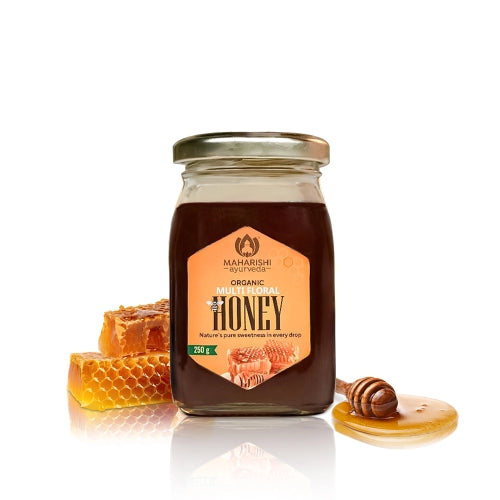



 Popular Read
Popular Read























